Apple’s iOS operating system has come a long way since its initial release in 2007. With each new version, Apple has introduced a range of new features and improvements, enhancing the user experience and pushing the boundaries of what a mobile operating system can do. In this article, we will compare the highlights of all the iOS versions released by Apple, showcasing the evolution and innovation that has taken place over the years.
iOS 1
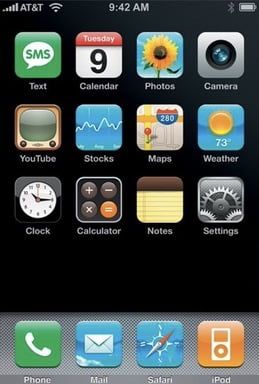
Released alongside the first iPhone, iOS 1 laid the foundation for what was to come. It introduced a revolutionary touchscreen interface, combining simplicity and elegance. Key features included visual voicemail, Safari web browser, and the App Store, which would go on to become a game-changer in the mobile app industry.
iOS 4

iOS 4 brought multitasking capabilities to the iPhone, allowing users to switch between apps seamlessly. It also introduced the FaceTime video calling feature, which opened up new possibilities for staying connected with friends and family. Additionally, iOS 4 introduced the iBooks app, turning iPhones into portable e-readers.
iOS 6

iOS 6 marked a significant milestone for Apple with the introduction of Apple Maps. While the initial release faced criticism, subsequent updates improved its accuracy and functionality. iOS 6 also introduced Siri, a voice-activated personal assistant, and Passbook, which allowed users to store and access digital tickets, boarding passes, and loyalty cards.
iOS 7
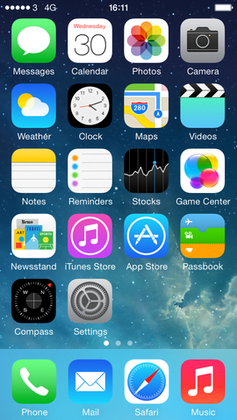
iOS 7 brought a fresh new look to Apple’s operating system with a complete redesign of the user interface. The introduction of Control Center made it easier for users to access commonly used settings, while AirDrop enabled seamless file sharing between iOS devices. iOS 7 also introduced Touch ID, a fingerprint recognition feature that added an extra layer of security.
iOS 9
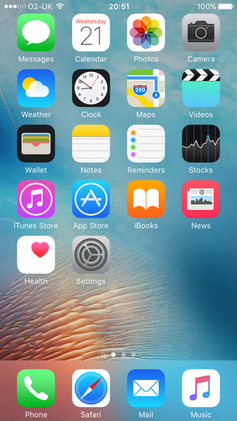
iOS 9 focused on improving performance and stability. The introduction of proactive assistance made Siri more intelligent and contextually aware. The Notes app received a significant upgrade, allowing users to add sketches, checklists, and photos. iOS 9 also introduced the News app, providing a personalized news reading experience.
iOS 11
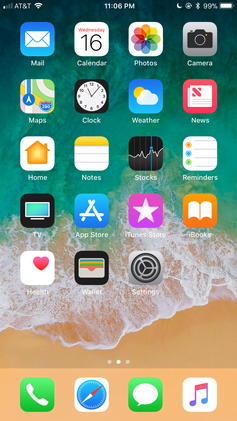
iOS 11 brought a host of new features and enhancements. The Control Center received a redesign, allowing users to customize its layout. The Files app provided a central hub for managing files from various sources. Augmented reality (AR) became a reality with the introduction of ARKit, enabling developers to create immersive experiences. Additionally, iOS 11 introduced a new App Store design, making it easier for users to discover and download apps.
iOS 13
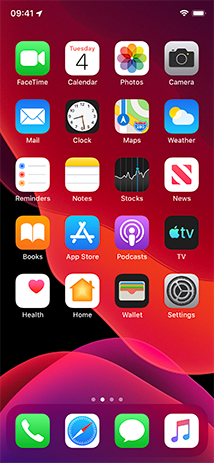
iOS 13 introduced a system-wide dark mode, reducing eye strain and enhancing battery life on devices with OLED displays. The Photos app received a major overhaul, organizing photos and videos into curated collections. Sign in with Apple provided a more secure and privacy-focused alternative to third-party login options. iOS 13 also introduced new editing tools for photos and videos, allowing users to unleash their creativity.
iOS 14
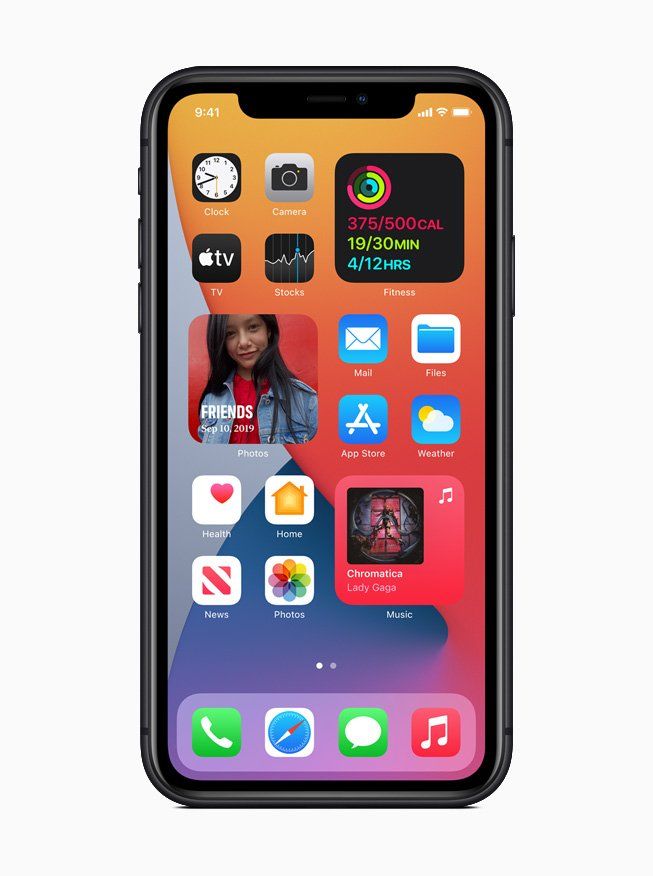
iOS 14 brought a range of new features and enhancements. The redesigned home screen introduced widgets, providing at-a-glance information and customization options. App Library organized apps automatically, making it easier to navigate and discover apps. Picture-in-Picture allowed users to continue watching videos or FaceTime calls while using other apps. Additionally, iOS 14 introduced App Clips, allowing users to access small parts of an app without downloading the full version.
iOS 15
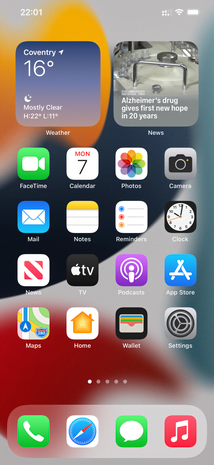
iOS 15 version of Apple’s operating system brings several notable improvements. Focus mode allows users to customize their device’s notifications based on their current activity or location. FaceTime received enhancements, including spatial audio and the ability to blur backgrounds. Live Text enables users to interact with text in photos, and the redesigned Weather app provides more detailed and dynamic information. Additionally, iOS 15 introduces new privacy features, giving users more control over their data.
iOS 16
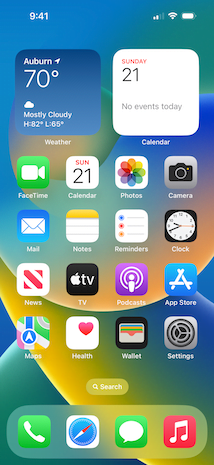
Lock Screen Customization: Personalize your lock screen with widgets, fonts, and colors. Create multiple lock screens for different moods or contexts. iMessage Enhancements: Edit sent messages, unsend messages within 15 minutes, and mark messages as unread. Create more granular Focus modes with specific app and widget access for different scenarios. Live Text now recognizes text in videos and can translate languages directly on your device. Schedule emails to send at a later time. Medications tracking, sleep stage monitoring (requires Apple Watch Series 8 or later), and fitness trends over time. Matter smart home standard support and improved camera integration.
iOS 17
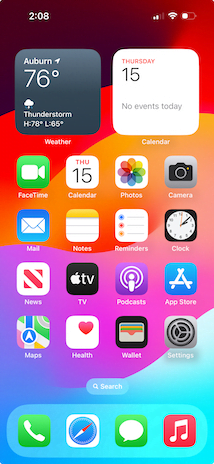
iOS 17 brought several new features. One of the major ones was the Contact Posters feature, which allows you to create personalized images that will appear on the iPhone of people you call. More in-depth lock screen customization options, potentially including interactive elements. Another interesting update was the introduction of Live Voicemail. This feature displays a live text transcription of a message as it’s being left on your iPhone iOS 17 also introduced “StandBy,” a fullscreen minimalist display while your phone charges.
iOS 18 (Expected)

Foldable iPhone Rumors: Some rumors suggest a foldable iPhone in 2025, which would require significant software adaptations in iOS 18.
AR/VR Integration Expansion: AR/VR features could become more prominent, potentially supporting future Apple Glasses or similar devices.
AI-powered Enhancements: Increased use of AI for personalized experiences, proactive suggestions, and device optimization.
Health App Advancements: Even more advanced health tracking capabilities, potentially integrating with future health sensors.
Privacy-focused Innovations: Continued focus on user privacy with innovative features and data protection measures.
In conclusion, Apple’s iOS versions have evolved and improved over the years, introducing groundbreaking features and enhancing the user experience. From the early days of iOS 1 to the latest iOS 15, Apple has consistently pushed the boundaries of what a mobile operating system can do, cementing its position as a leader in the industry.
